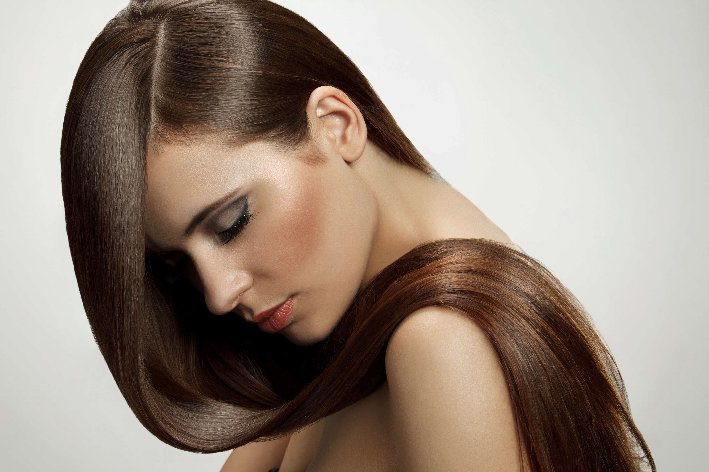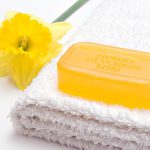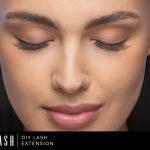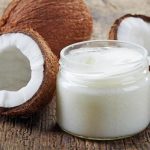Hair is every woman’s weakness – a kind of a weak spot, an indicator or attractiveness, peculiar attribute that defines femininity. It’s easy to see how hair is important to females just by observing them choosing a shampoo. Rarely it is the ‘Enter, Take, Leave’ mission. Actually, a woman has to get enough time in order to choose a decent shampoo together with a corresponding conditioner. After all, these are two, almost the most important cosmetic products which we, females, use on daily basis. For that very reason, it’s crucial to learn their history.
Szampu – it’s a Hindu term, which stands for ‘giving a massage’. Both Hindu people and Persian people used herbal extracts to enjoy and intensify the sensations that hair and scalp massage can produce.
European sailors find Ayurvedic herbs very interesting and this is how the plants arrived to the Old Continent. Although it’s fairly ignominious, in the past, European peoples jibbed at washing their hair frequently. For that reason, strands were the most unkempt part of a human body.
At the turn of 19th and 20th centuries people used yellow soap because it was one of the cheapest and easily-accessible care product. Unfortunately, under the influence of the yellow soap hair became stiff, rough and dull (because of soap’s alkaline reaction). Indeed, people were trying to cope with the problem by applying vinegar hair washes. The well-off could afford to wash hair with costly and fancy vegetable oils.
In 1903, the revolution was brought about when Hans Schwarzkopf, a chemists born in Poland, created the first shampoo. Initially the cosmetic had a form of a powder that needed to be dissolved in water. Promptly this shampoo won women’s hearts, although its powdery form was rather troublesome to use. The product of doctor Schwarzkopf’s had to be improved.
Indeed, the improvement was introduced into the above-mentioned hair care product but after more than 20 years, in 1927. By that time, the chemist had managed to develop various hair caring mixtures. For example, he started to sell egg, chamomile, herbal and lanoline shampoos. One year later, he also developed a hair conditioner.
Europe wasn’t the only place where such care products were used. Powder shampoo, called Canthrox, was also produced in America since 1090. It was supposed to counteract hair loss, hair greying and dandruff. The powder cost 50 cents and held out for 15 hair washings.
In 1944 the United States could boast about their first shampoo being advertised by Hollywood stars like Marilyn Monroe, Elizabeth Taylor and Grace Kelly.
At the same time the first dry shampoo came into existence. Its name was Minipoo and its composition was based on hard-to-comb-out talc. It was Twiggy’s, a British model, favourite cosmetic. Soon the product was replaced with other cosmetics containing starch (rice and oat) that were warmly welcomed by brown-haired women. Finally, the products didn’t leave any dust on dark hair.
The first tube shampoo was introduced also thanks to Hans Schwarzkopf. It was available in 1949 and was named Schauma (‘Schaum’ in German language means foam).









Leave a Reply